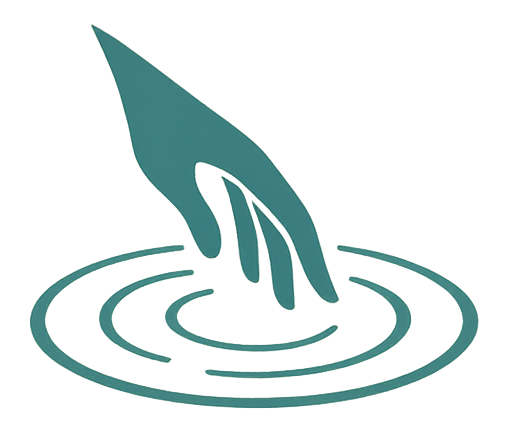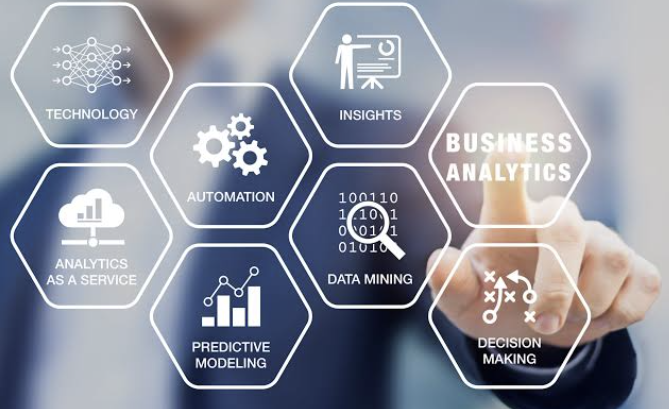Data Science as the Engine of Business Decisions
We’re living in a world awash in data. And in this overwhelming flood, the partnership between data science and business analytics has become absolutely critical for any business wanting to get ahead. For ages, business analytics was about looking in the rearview mirror—figuring out what happened and why. But bringing in data science has flipped the script entirely. Now, companies aren’t just reacting to the past; they’re actively anticipating the future and even getting clear directions on what moves to make. This isn’t just a minor tweak; it’s a game-changer, completely redefining how businesses make decisions, innovate, and plan for what’s next.
Think back to how things used to be. Business analytics was, for the most part, a backward-looking exercise. We’d crunch numbers from spreadsheets, fire up some basic stats software, and build dashboards to tell us about sales last quarter, who our customers were, or what our operations cost. It gave us a clear picture of what had already happened – the wins, the losses. And sure, that was helpful for reports and spotting big trends. But it was like trying to navigate a fast-moving road by only looking in the rearview mirror. It told you where you’d been, but not much about the tricky turns or potential roadblocks ahead, making it tough to really get ahead of problems.
Then came data science, bringing with it a whole new set of tools and a fresh way of thinking that goes way beyond traditional number-crunching. Data scientists aren’t just statisticians; they’re skilled in machine learning, artificial intelligence, advanced modeling, and coding in languages like Python and R. This powerhouse combination lets them tackle massive, messy datasets – whether it’s neatly organized numbers or the chaotic jumble of text and images. Suddenly, we can dig out insights that were impossible to find before. Think about Natural Language Processing (NLP): it can sift through customer comments on social media or analyze call transcripts, pulling out genuine feelings and hidden preferences. Or computer vision, which can scan images from a production line to spot defects instantly, making quality control far more efficient.
Perhaps the biggest game-changer data science brought to business analytics is predictive analytics. Instead of just seeing what did happen, businesses can now get a pretty good idea of what will happen. By feeding historical data into powerful machine learning algorithms—things like regression models, decision trees, and neural networks—data science uncovers intricate patterns and correlations. This means companies can now predict customer churn before they leave, anticipate shifts in demand, forecast financial risks, or even know when a piece of machinery is about to break down. Imagine the difference: retailers can fine-tune their stock based on anticipated buying patterns, and banks can pinpoint credit risks with far greater accuracy (Source 4.2). This ability to look ahead, to move from simply reacting to actively planning, gives businesses a massive leg up on the competition.
But data science doesn’t stop at predicting. It also ushers in prescriptive analytics, which is, in many ways, the ultimate step. Taking all those descriptive insights and predictive forecasts, prescriptive analytics uses sophisticated optimization algorithms and simulations to actually recommend the best actions to take to hit a specific business goal. It’s the answer to that crucial question: “What should we do?” Picture a logistics company; instead of just guessing, they can use prescriptive analytics to map out the absolute most efficient delivery routes, factoring in traffic, weather, and deadlines (Source 5.3). Or in marketing, it can suggest precisely where to put advertising dollars for the biggest bang. This kind of hands-on guidance lets businesses make decisions that aren’t just smart, but truly optimized, helping them cut risks and boost efficiency.
The ripple effect of data science has been felt across virtually every part of a business. It’s completely changed the customer experience, letting companies offer hyper-personalized interactions, just like Netflix recommends shows or Amazon suggests products based on what you’ve watched or bought (Source 1.1, 2.3). Marketing isn’t just a shot in the dark anymore; strategies are now laser-focused and way more effective, thanks to smart audience segmentation and real-time tracking (Source 1.2). Operational efficiency has seen huge gains too, with things like process mining, predictive maintenance, and highly optimized supply chains becoming standard (Source 2.1). Plus, in areas like fraud detection and risk management, data science is a lifesaver, spotting weird patterns and anomalies in huge piles of transaction data (Source 2.2).
So, what does this all boil down to? Data science has taken business analytics from being a mere rearview mirror to an incredibly powerful GPS. It doesn’t just show you where you’ve been; it charts where you’re headed and even suggests the best path to get there. It encourages businesses to make choices based on solid evidence, not just intuition, giving them real, actionable insights. And as the sheer amount of data keeps exploding, this vital partnership between data science and business analytics will only get stronger, constantly opening up new avenues for growth, innovation, and lasting success in our fast-paced global economy.
PO-YI OU

